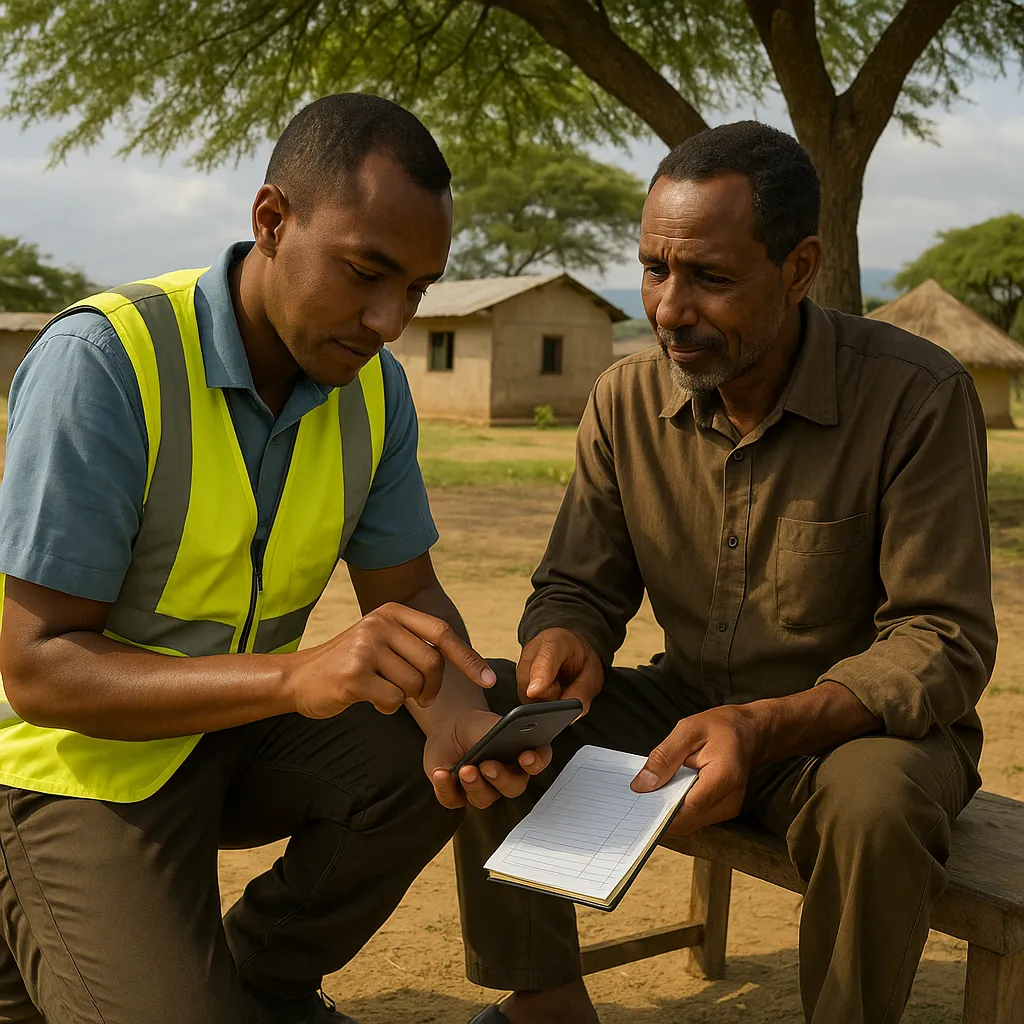Pragmatic Data Systems for Real Time Decision Support
Published on: Sat Jan 04 2020 by Ivar Strand
Pragmatic Data Systems: Moving Toward Real-Time Decision Support
Introduction
The concept of “real-time data” has become a pervasive goal in development and humanitarian program management. It promises a future where information flows instantaneously from the field to headquarters, enabling immediate course correction and optimized resource allocation. This vision, however, often acts less as a practical guide and more as a misleading panacea.
The pursuit of instantaneous data overlooks significant operational challenges, from inconsistent connectivity to the fundamental need for data verification. The practical problem is not how to capture every piece of data the moment it occurs, but rather how to design a pragmatic data pipeline. The goal of such a pipeline is to deliberately shorten the cycle from collection to analysis, providing managers with timely, reliable information that serves as a robust foundation for decision-making.
Deconstructing the “Real-Time” Myth
A core challenge in designing effective data systems is to first move past the buzzword and dissect the assumptions it carries. In the context of field-based projects, the concept of “real-time” is often technically inaccurate and operationally counter-productive.
- The Fallacy of Immediacy: True real-time data, with sub-second latency, is the domain of high-frequency financial trading, not project management. For a project manager, information does not need to be instant; it needs to be timely. The relevant metric is whether the data arrives within the decision-making window. Data on weekly supply distribution is timely if it arrives in time to inform the next week’s logistics plan.
- The Quality-Speed Trade-off: An excessive focus on speed can directly undermine data quality. Rushed data entry, especially on mobile devices in challenging field conditions, leads to errors that can render the entire dataset useless. A system that transmits flawed data quickly is more dangerous than one that transmits verified data on a deliberate, scheduled basis.
- The Capacity Bottleneck: The most significant constraint in the data-to-decision cycle is rarely the speed of transmission. It is the human and institutional capacity to clean, analyze, interpret, and act upon the information. A flood of raw data, even if accurate, can overwhelm a team, leading to analytical paralysis. The system must be designed to deliver insight, not just numbers.
Designing the Pragmatic Data Pipeline
A more functional approach is to conceptualize the flow of information as a data pipeline, engineered to deliver decision-support intelligence. At Abyrint, we have worked with partners to design and implement such systems, which are built on a logical, step-by-step process.
-
Step 1. Define the Decision Points. The process begins with the end in mind. Before any data is collected, we must identify the key, recurring decisions that project managers and field coordinators need to make. These might include weekly budget adjustments, reallocation of field staff, or changes to beneficiary targeting. These decision points determine precisely what data is needed, and at what frequency.
-
Step 2. Engineer Fit-for-Purpose Collection Tools. With the data requirements defined, the next step is to select and configure the collection tools. Mobile applications (such as ODK, KoboToolbox, or proprietary systems) are effective, particularly for their ability to function offline and enforce data quality at the point of entry through validation rules and constraints. The tool should be technology-agnostic; the best tool is the one that is most reliable in the specific operating context.
-
Step 3. Automate Aggregation and Cleaning. This is the critical phase for shortening the cycle. Data collected on paper requires manual transport, transcription, and cleaning, a process that can take weeks. An effective pipeline automates this. Data from mobile devices should sync automatically to a central database when a connection becomes available. Automated scripts can then run to perform initial cleaning, flag anomalies and outliers for review, and structure the data for analysis.
-
Step 4. Visualize for Rapid Interpretation. The final output of the pipeline should not be a spreadsheet with thousands of rows. It should be a simple, intuitive dashboard or report that visualizes key trends and indicators. A manager should be able to understand the operational status in minutes by viewing trend lines, maps, and summary charts, as shown in the conceptual model below.
This flow is illustrated in Exhibit A: The Decision-Support Pipeline.
From Data Streams to Informed Judgment
Ultimately, a data system is not an end in itself. Its purpose is not to replace human management but to augment it. The most sophisticated data pipeline is of limited value if it is not embedded within a management culture that prioritizes evidence-based decision-making. Field staff must be trained not just on how to use a mobile device, but on why the data they collect is important. Likewise, managers need support in learning how to interpret the outputs and integrate them into their regular planning and review processes.
The objective, therefore, must shift from the abstract pursuit of “real-time” to the pragmatic construction of a system that delivers reliable intelligence at the right time. By focusing on the pipeline—from defining the decision to visualizing the output—we create a system that serves its only true purpose: enabling smarter, faster, and more informed human judgment.



